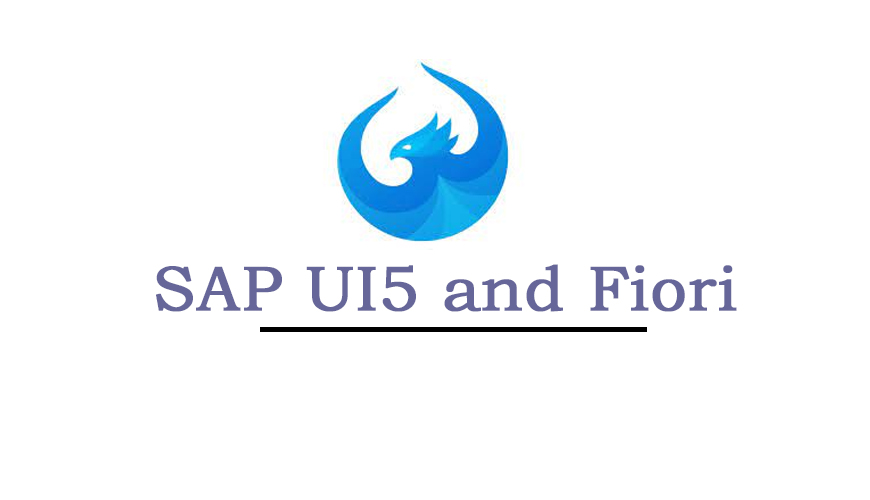Welcome to the cutting-edge world of Netflix, where innovation and technology are at the heart of our streaming service. Behind every binge-worthy show and seamless user experience lies the complex, meticulously crafted backbone of our platform – the Netflix Backend Language.
Introducing a netflix backend language, whether it’s for a fictional scenario or a real-world innovation, requires setting the stage and generating interest. Here’s an introduction to such a concept:
In this intriguing journey, we delve deep into the realm of code, exploring the language that powers the streaming giant’s unparalleled success. It’s a language that transcends the ordinary, seamlessly connecting millions of viewers to their favorite content, ensuring high-quality streaming, and constantly evolving to meet the demands of the digital age.
As we uncover the secrets of this enigmatic backend language, we’ll discover how it optimizes content delivery, personalizes recommendations, and ensures the security of your data. This is the story of how technology and creativity converge, creating a digital masterpiece that revolutionizes the way we enjoy entertainment.
Join us as we embark on an exhilarating exploration of the Netflix Backend Language, where lines of code shape the future of entertainment and redefine the boundaries of what’s possible in the streaming industry.”
What is the language of choice for Netflix’s internal software development?
Netflix uses its own backend language for the vast majority of its operations, but it is not enough to meet all of the company’s needs. In order to reach as wide an audience as possible, Netflix subtitles its content in a plethora of languages. Netflix’s back-end operations rely heavily on Java and Scala, two computer languages. Sun Microsystems is responsible for creating Java. In order to create the company’s web app, Javascript was used. Other programming languages and technologies used by Netflix include Node.js, React, MySQL, PostgreSQL, Amazon RDS, Presto, CloudBees, Pig, Amazon EC2, Amazon S3, and Cassandra.
Where would you place Python among the other series and films that Netflix offers?
Python is utilized for the majority of the company’s implementations across the board of the content lifecycle at Netflix. Not only does Netflix employ Python for its recommender system, but the programming language is also utilized for vulnerability identification and security management. Netflix has chosen Python as the programming language it will use going forward so that it can provide a higher level of service to its enormous user base.
Inference-Making Machines (or simply “Machines”)
Netflix makes use of machine learning for a variety of applications due to its wide-ranging usefulness. Beginning with the stage of conceptualization and continuing all the way through the phase of implementation, the Python framework known as Metaflow is utilised throughout the course of the machine learning process. This includes both the conception stage as well as the implementation phase. Because Metaflow makes use of parallel programming and writes its code in Python, the software is able to simultaneously process millions of data points in memory while also distributing those data points across thousands of CPUs. This is made feasible by Metaflow’s use of both of these programming techniques.
The Facts and Figures Analysed
The CORE team at Netflix uses Python for data analysis and visualization. Some examples of the kinds of libraries used to automate the processing of signals received by alerting systems are the mathematical and statistical libraries Numpy, Scipy, Pandas, and Ruptures. This is only one example of a common usage for libraries, and there are many others. To further aid in the processing of large amounts of data, Netflix has developed a time series correlation technology. The primary goal in developing this system was to enhance productivity. Time management was a priority, therefore we did this.
Designing Products That Fill A Need In The Market
Traffic distribution, capacity operations, and regional failovers are all managed by Netflix’s demand engineering team in the cloud. Python is the language of choice for Netflix’s demand engineering tools, which make use of the language’s standard libraries to accomplish their goals. Numpy, Scipy, boto3, RQ, and Flask are just a few of the popular libraries whose application programming interfaces are featured here.
Protecting Individual Privacy and Confidentiality
Python is the major programming language used by Netflix’s information security team. Python is a free and publicly available programming language. High-impact tasks like risk categorization, vulnerability detection, and security automation are performed in Python. Just a few examples of Python’s versatility are listed above. In the field of information security, Python has been used to create open-source projects like Security Monkey and Prism, both of which can perform a wide range of tasks.
Programs and Techniques for Formulating Suggestions
Netflix’s customization process relies heavily on machine learning models that are trained using Python as the core of the company’s infrastructure. The goal here is to provide a better experience for Netflix subscribers as a whole. To complete tasks like movie recommendation, Python libraries like Numpy, Scipy, Sklearn, Matplotlib, pandas, and CVXPY are used in tandem with others like TensorFlow, Keras, PyTorch, XGBoost, and LightGBM.
Cloud-based media engineering processes, including movie encoding
At Netflix, Python is being used in the creation of several different projects, such as VMAF and mezzos. Netflix has developed software for computer vision. The Archer media map-reduce platform is home to several Python-based applications. Some examples of outsourced tools at Netflix for writing Python code include Pickley and Setupmeta.
The Use of Animated Elements and Other Visual Effects
All of Netflix’s typical animation and visual effects activities are programmed in Python by the company’s engineers. The Netflix engineering team uses Python. Netflix uses Python for the vast bulk of its tools, including integration with other programs like Nuke and Maya.
Corrective measures are provided alongside monitoring and alerts.
The insight engineers at Netflix are in charge of developing and maintaining the company’s diagnostic, alerting, operational insight, and automated remediation technologies. Currently, multidimensional time series measurements are being logged using the Spectator Python client module. This action is taken for the above purpose. Netflix’s engineers have created Python libraries to ease interaction with many different kinds of platform-level services.
When working with Python, how do I get started using Netflix’s API?
Netflix decided in 2014 that it would no longer offer DVDs for sale on its website. However, thanks to uNoGS.com, we can use an unofficial implementation of the Netflix API. With the Unofficial Netflix Online Global Search (uNoGS) API, we can now look across the full worldwide Netflix catalog for our favorite films and web series. This enables us to watch any and all of Netflix’s international offerings, wherever we may be. Users without a firm knowledge of the Python programming language are unable to use the Netflix Application Programming Interface (API). If you follow the instructions in this tutorial, you’ll be able to access the unofficial Netflix API hosted on RapidAPI.com.
It’s an excellent time to create an account with RapidAPI and start using it.
Simply typing “Netflix” into the search bar on RapidAPI.com should return the page with documentation for the Netflix API. Use this information to find the desired page.
You can join at a rate that works for your budget. If you sign up for a free premium membership, every day you will receive 100 requests. Thereafter, a one-dollar processing fee will be added to the final price of each subsequent request you make. Therefore, go with a plan that won’t let you down.
There are fourteen possible destinations, such as “new release in each country,” “list countries,” “season change,” “load title details,” “load episode details,” “weekly episodes,” “load IMDB info,” etc. Visualize the destinations you’d most like to see.
Select Python from the list of available programming languages in the code snippet.
Select a library, such as HTTP.client, requests, or Unirest, once you’ve decided on a language to code in. Select the one that best fulfills your requirements. After that, a code illustration will be created for your use.
In order to use Netflix’s application programming interface (API), simply copy and paste the generated code into your application or website.
Conclusion
In conclusion, the netflix backend language stands as a testament to the marriage of innovation and entertainment. It’s the unseen force that ensures your favorite shows and movies are just a click away, delivered seamlessly to your screen. As we’ve journeyed through the intricacies of this coding marvel, we’ve witnessed how it optimizes performance, refines user experiences, and adapts to the ever-evolving landscape of streaming.





